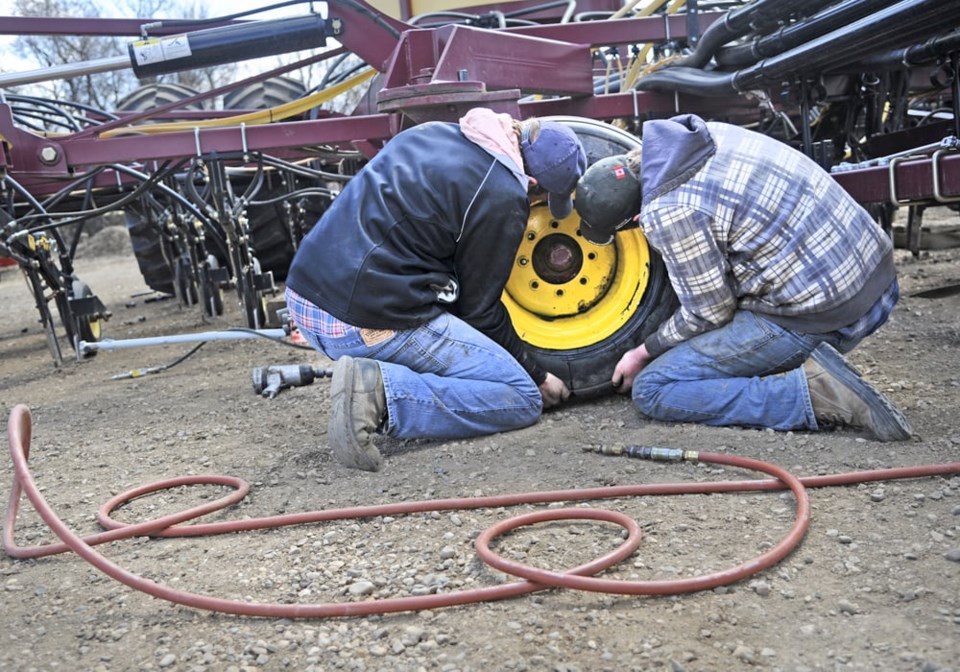WESTERN PRODUCER — The latest agricultural labour market information shows shortages cost the sector billions and the problem is likely to grow.
The , conducted by the Conference Board of Canada between March and September, found 28,200 jobs were unfilled during peak season in 2022.
That resulted in a 3.7 percent decline in sales, and an estimated $3.5 billion in lost sales for on-farm agriculture businesses.
The nation-wide job vacancy rate was 5.9 percent but agriculture reported peak vacancy of 7.4 percent.
“Two out of every five agriculture employers could not hire all the workers they needed that year,” said a CAHRC report released Nov. 2. “Further, a third of employers reported not receiving any applications from Canadians during the hiring season and 28 percent received just one or two applications. These recruitment challenges resulted in lost sales, production delays, cancelled expansions, as well as excessive stress on owners and staff.”
CAHRC executive director Jennifer Wright said the survey results were expected.
“Our research prior to the pandemic did show that things were not going to get any better,” she said in an interview. “We weren’t surprised that the numbers came out the way that they did.”
The shortages aren’t just in food manufacturing or sectors downstream of primary agriculture. Wright said there has been a labour shortage in primary agriculture for some time but farmers filled the gap by working longer hours. However, it’s getting to where they can no longer do that, she said, adding that it’s not a good strategy anyway.
“Because of the labour shortages that are happening across the Canadian workforce, the commodities that may not have felt the labour shortage as severely in the past are starting to feel that shortage now,” she said.
Data shows primary agriculture employed 30 percent more foreign workers in 2022 compared to 2017. Most of those are in crop production but most of the growth is in the poultry and egg, beef, dairy and wine sectors.
CAHRC forecasts over the next eight years the domestic labour gap will rise by 15 percent from 87,700 this year to 101,100 in 2030.
“The aging population will continue to decrease the availability of Canadian workers in agriculture industries with over 85,300 retirements expected over the next eight years, equaling almost 30 percent of the current Canadian workforce in agriculture,” the report said.
Wright said replacing the aging workers will occur in competition with other industries facing the same situation.
CAHRC is leading the National Workforce Strategic Plan and the updated information will help bolster that plan. Increasing automation is expected.
Overall, the survey suggests 15,200 vacant positions in crop production by 2030 as the domestic labour gap rises. Support service industries will see a gap of 1,600, while animal production will face 4,100 vacancies.
Wright said the sector must continue to build awareness of the jobs available throughout the sector.
“Through a combination of public education, training and upskilling, improved HR management practices, targeted immigration supports and increased adoption of automation and technology, progress can be made to ensure this vital sector has the workforce needed to meet its potential,” the report said. “There is no single solution to labour market challenges facing employers in the agriculture sector.”
The release of the survey data is a precursor to a full national report and deeper dives into each province and 11 commodities, Wright said.
SASKTODAY.ca is Saskatchewan's home page. Bookmark us at this link




